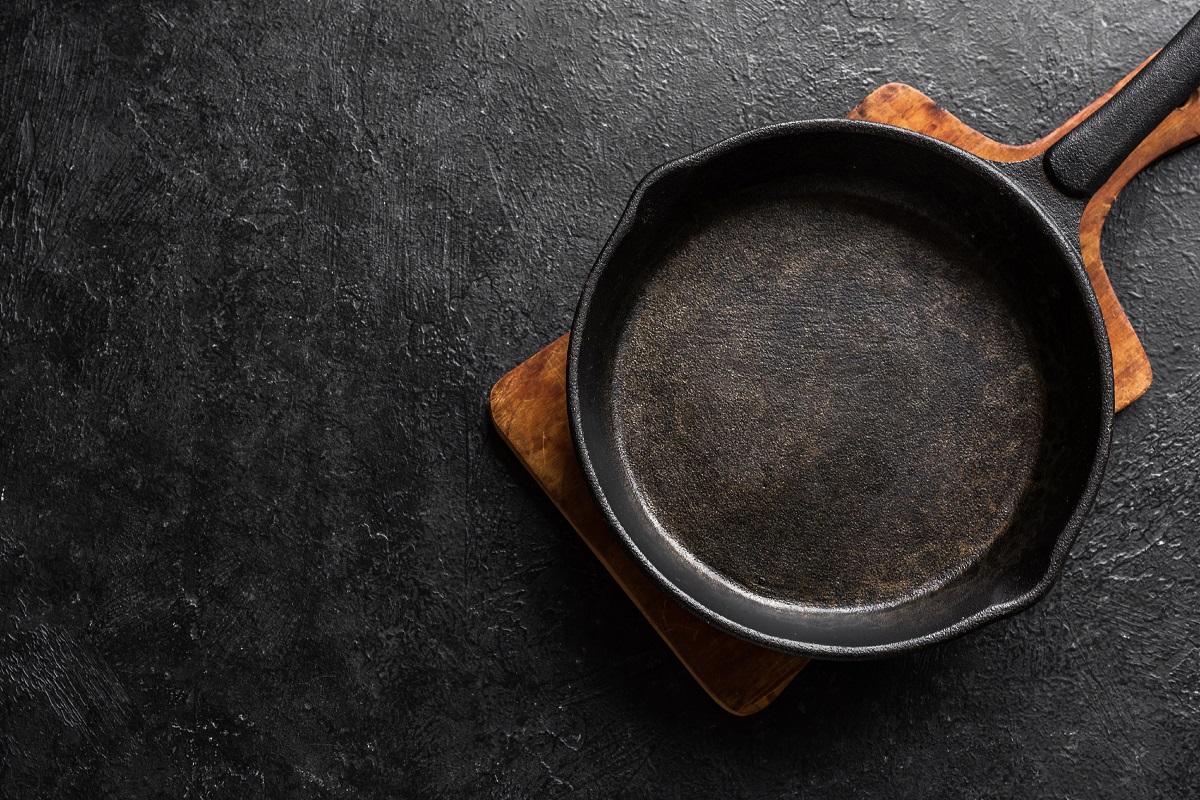Let’s get this straight: being a bachelor and living on your own should not automatically mean that you just live off take-out orders and microwave meals. Sophisticated is in, and cooking is the perfect place to begin to add more style and culture to your home.
Of course, you can’t embark on your cooking journey without the proper tools. If you’re a newbie in this area, it is easy to get confused about what is what and how to use it properly, but fret no more.
We have put together this guide to kitchen equipment that you must have in your kitchen cupboards and pantry.
Essential Kitchen Tools and Their Proper Uses
This is a list of the simple instruments and appliances you should have in your home. As you learn more techniques and recipes, keep growing your collection of kitchen tools, too.
1. Kitchen Knives
Get a knife and use it to cut up ingredients—pretty straightforward, right? Well, most of the time. Your kitchen knives don’t come in different sizes and shapes for no reason.
First, you have the chef’s knife, a versatile tool that is usually around eight inches in length. From fruits and veggies to raw meat and fish, your chef’s knife comes in handy in a variety of situations. Cleaver knives, or those bigger, heavier knives that are a little more intimidating, are for cutting meat and bones.
You also may have a smaller knife with serrated edges. This is a bread knife, which may be used to also slice other pastries and even chocolate bars. On the other hand, a smaller knife without serrated edges is a paring knife, which is used to cut small fruit and veggies with better precision.
As your collection grows, learn how to take proper care of your knives to keep them in good shape for a long time.
2. Wooden Cutting Board
In addition to being a trusty kitchen tool, your wooden cutting board makes for great decoration, too. But only when it’s taken care of well.
When washing a wood board, do not put it in the dishwasher, which could compromise wood quality. It’s simple: wash it by hand with dishwashing soap, wipe dry, and then let it air dry. America’s Test Kitchen also recommends the use of baking soda and water to get rid of unpleasant odors and stains from wooden cutting boards.
3. Blender
Blenders are great for making pre- and post-workout smoothies without too much fuss, unless you put your ingredients in the wrong order. Start with liquids and softer ingredients before moving to the harder solids. This gives your blender an easier time mixing everything up.
On occasions where a recipe you’re trying requires a food processor but you don’t have one, a blender is a good alternative. A few tweaks in speed and settings can help you achieve a result similar to what a processor can accomplish.
4. Cast-iron Skillet

A cast-iron skillet is a powerful kitchen tool that makes a world of difference in the quality of food you prepare. It is also reasonably priced, especially for its many benefits. One concern many people have with it, however, is understanding how to clean it and store it.
Depending on the brand of your skillet, some instructions will vary. The basic idea remains that you first wash the skillet with hot water and then wipe dry. Apply a thin coat of oil, heat it, and then store it in a cool, dry place.
Instructions for cleaning a skillet come may differ, but one rule is clear: never stick it in the dishwasher for cleaning.
5. Refrigerator Shelves
Most likely, this is one piece of equipment that you don’t have to buy. A refrigerator is already a given in any bachelor’s pad, isn’t it? The question is: are you making good use of your shelves?
Take a look at the items lined up on the shelves of your fridge door. Did you know that this area is one of the warmer places in your refrigerator, which makes them not the ideal place for juices and beverages other than water? Condiments, on the other hand, are okay to keep on those shelves.
Also, make sure that fridge items, especially fresh produce, are adequately spaced inside your fridge. If air doesn’t circulate, your food can easily spoil.
Start Simple
When you’re just learning the ropes in the kitchen, don’t get ahead of yourself and try out too complicated recipes. Start small and simple—first learning about how to use your tools well and then building your way from there.

